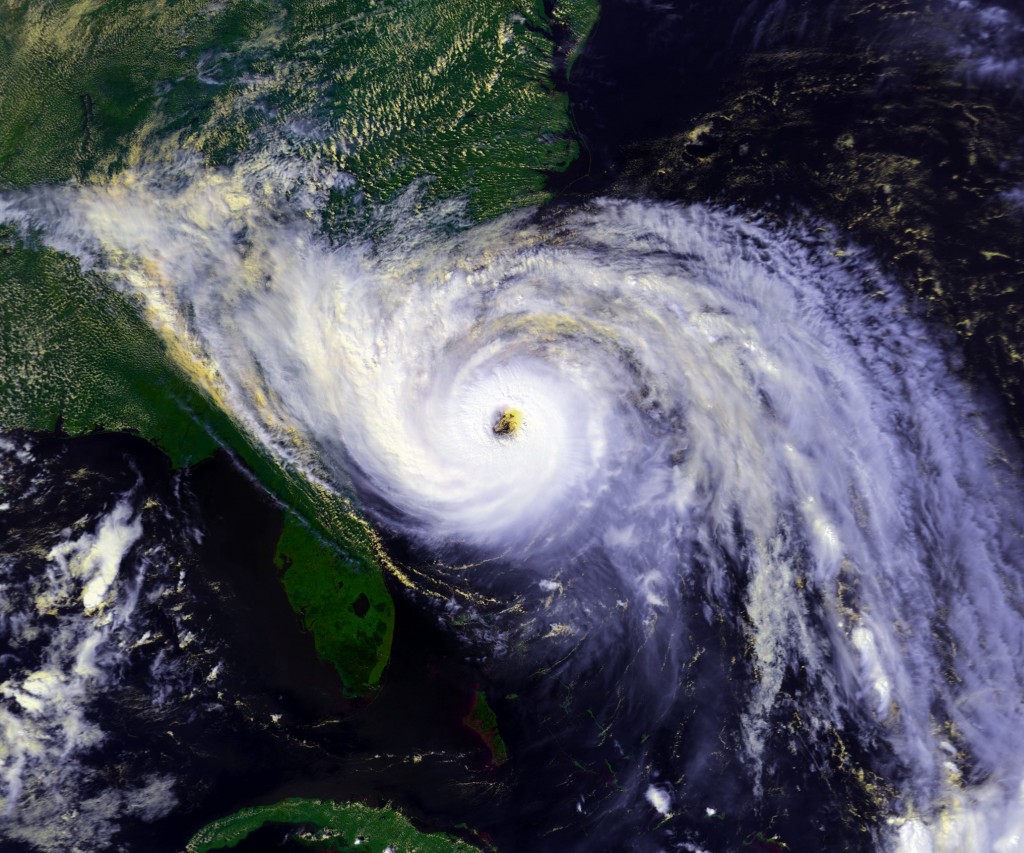Summaries
Hurricanes
– Oceanic temperature, environmental humidity, winds and Earth’s rotation directly affect the formation of a hurricane.
– It is also called typhoon, baguio or willy-willy, depending on the geographical zone where it occurs.
– The development stages of a hurricane are tropical disturbance, tropical depression, tropical storm and the hurricane itself.
– The calm zone in the interior of a hurricane is called the “eye”.
– A Saffir-Simpson scale is used to measure the intensity of a hurricane.
Tornadoes
– Tornadoes are swirling wind in the shape of a funnel, which originate on solid ground.
– Normally, tornadoes are produced between 20º and 50º latitude, on both sides of the Equator.
– The scale that measures the intensity of tornadoes is called Fujita.
– Thunder and lightning are two phenomena that can possibly accompany the presence of tornadoes and hurricanes.





